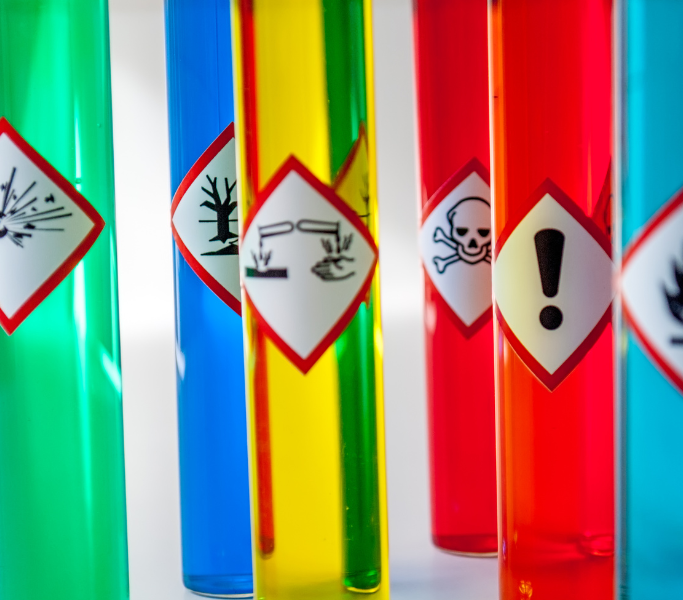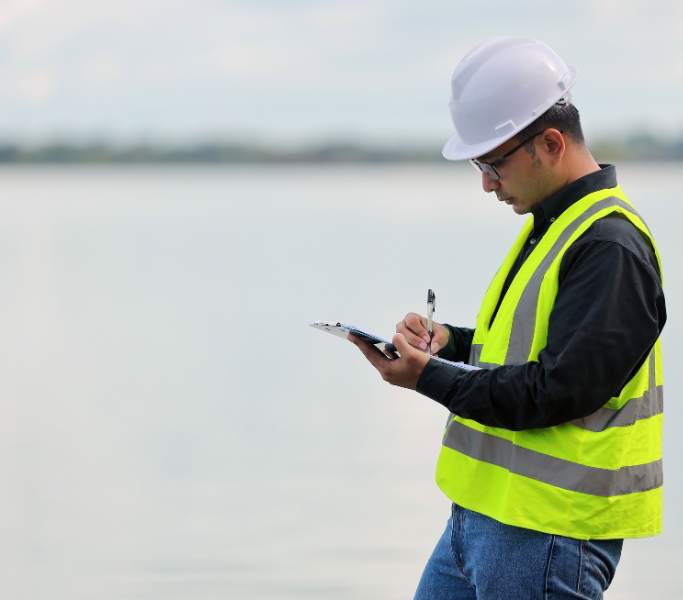
Renovation or demolition projects in residential, commercial, or industrial settings can be risky if hazardous materials are present. Identifying these materials before beginning any work is crucial for the safety of building occupants and the protection of workers and the environment. Hazardous materials surveys ensure compliance with local and provincial safety regulations, minimize exposure to harmful substances, and create a clear, safe removal and management plan.

When hazardous materials are disturbed without proper precautions in place, workers can be exposed, creating significant health risks. For instance, asbestos fibres, when inhaled, can cause severe lung conditions, including asbestosis, mesothelioma, and lung cancer. Similarly, lead exposure can result in developmental issues, particularly in children, and prolonged exposure to other hazardous substances like mercury and PCBs can have lasting adverse effects on human health.
Conducting a hazardous materials survey before starting any work is critical for:
Here are some of the most commonly identified hazardous materials during surveys:
Hazardous materials surveys are essential for any renovation, demolition, or construction project, especially in older buildings. They are typically required:
At T&T Occupational Health & Safety, we understand the importance of identifying and managing hazardous materials safely and efficiently. Our team of certified professionals is experienced in conducting thorough surveys that adhere to local and provincial safety regulations. We offer a full range of services to support your project, including sample collection, laboratory analysis, risk assessment, and guidance on managing and disposing of hazardous materials.
With our expertise, you can rest assured that your project will be completed safely, on time, and in compliance with all applicable regulations. Whether you’re planning a small renovation or a large-scale demolition, our hazardous materials surveys will provide the critical information needed to proceed with confidence.